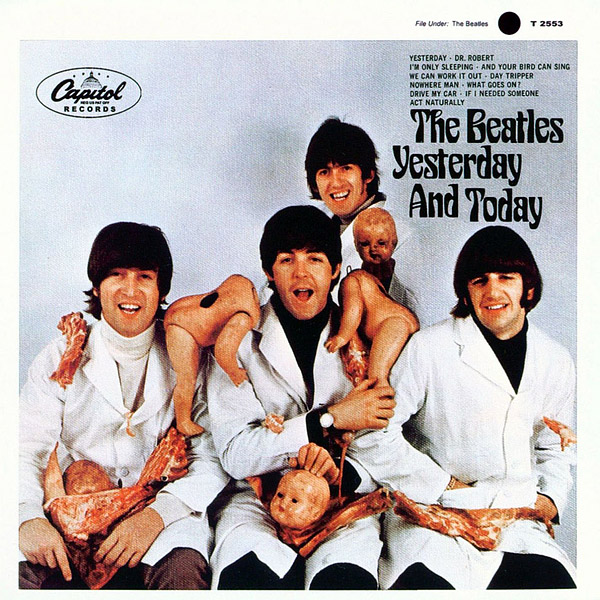
Friday, March 25, 1966
The Beatles’ “butcher” photo session
Last updated on November 7, 2023

Friday, March 25, 1966
Last updated on November 7, 2023
Location: 1 The Vale, Chelsea, London, UK
Interview Mar 21, 1966 • The Beatles interview for Newsweek
Article Mar 24, 1966 • The Beatles attend the world premiere of "Alfie"
Article Mar 25, 1966 • The Beatles' "butcher" photo session
Interview Mar 25, 1966 • Paul McCartney interview for Evening Standard
Interview Mar 25, 1966 • The Beatles interview for Radio Caroline
Next article Mar 26, 1966 • Paul McCartney watches his horse Drake's Drum at Aintree
Yesterday and Today (2014 reissue)
By The Beatles • Official album
On March 25, 1966, The Beatles visited 1 The Vale, Chelsea, London, a top-floor studio leased by Oluf Nilssen and frequently used by renowned photographer Robert Whitaker.
During their visit, The Beatles recorded interviews with Senor Lengyel, a Brazilian journalist, Bramdaw, an Indian journalist who discussed with George Harrison about his sitar playing; and Tom Lodge, a DJ from Radio Caroline. This last interview was later distributed as a free flexi-disc named “Sounds of the Stars“, accompanying an issue of the music magazine, Disc & Music Echo, co-owned by Brian Epstein.
Before the photo session with Robert Whitaker, The Beatles posed for a more conventional session at the studio with Nigel Dickson of The Beatles Book magazine. Wearing light turtleneck sweaters and dark jackets, they posed for what would become their 1966 handout and standard promotional pictures.
The photo session with Whitaker yielded a series of avant-garde images, including provocative photos of the Beatles dressed as butchers, accompanied by raw meat and mutilated plastic baby dolls. Whitaker intended the butcher photo as part of a surreal triptych — never realized — that would represent the mass adulation surrounding the Beatles and the illusory nature of stardom.
One of those photographs was chosen for the cover of their upcoming US album, “Yesterday And Today,” which was set to be released in June 1966. The cover sparked significant controversy ahead of its release, prompting Capitol Records to initiate “Operation Retrieve” to recall all LP copies from distributors and replace the controversial image and any related promotional materials.
From Wikipedia:
[…] This now-legendary image, one of the most famous images of the group, was originally conceived as one of a triptych of photographs, and intended as a surreal, satirical pop-art observation on The Beatles’ fame. Whitaker’s inspirations for the images included the work of German surrealist Hans Bellmer, notably his 1937 book Die Puppe (La Poupée). Bellmer’s images of puppets were first published in the French Surrealist journal Minotaure in 1934. Whitaker has also cited Meret Oppenheim as another important influence, notably her most famous creation “Lunch In Fur” (1936), a disturbing creation in which she covered a cup, saucer and spoon entirely in fur.
Whitaker: “It’s an apparent switch-around of how you think. Can you imagine actually drinking out of a fur tea cup? I did a photograph of the Beatles covered in raw meat, dolls and false teeth. Putting meat, dolls and false teeth with The Beatles is essentially part of the same thing, the breakdown of what is regarded as normal. The actual conception for what I still call “Somnambulant Adventure” was Moses coming down from Mt. Sinai with the Ten Commandments. He comes across people worshipping a golden calf. All over the world I’d watched people worshipping like idols, like gods, four Beatles. To me they were just stock standard normal people. But this emotion that fans poured on them made me wonder where Christianity was heading“.
It has been claimed that The Beatles intended the Butcher Sleeve to be a protest at the way their music was being “butchered” by their American label, Capitol Records. In a Nov. 15 1991 interview with Goldmine magazine, Whitaker discussed the Butcher Sleeve at length, and unequivocally put the “protest” claims to rest. […]
Whitaker was later quoted as saying that the basic motivation for making “A Somnambulant Adventure” came from the fact that he and The Beatles were “really fed up at taking what one had hoped would be designer-friendly publicity pictures“; in the interview conducted just before his death in 1980, John Lennon confirmed this.
“It was inspired by our boredom and resentment at having to do another photo session and another Beatles thing. We were sick to death of it. Bob was into Dalí and making surreal pictures.”
Whitaker intended the triptych to be his “personal comment on the mass adulation of the group and the illusory nature of stardom … I had toured quite a lot of the world with them by then, and I was continually amused by the public adulation of four people“.
The images in the triptych were conceived as the foundation of a much more elaborate work. He had planned to retouch the photos to give them the appearance of religious icons. The background was to be painted gold like a Russian icon and to have the Fab Four’s heads surrounded by jewelled halos, with the photos bordered in rainbow colours. This decoration, contrasted with the bizarre situations of the photos themselves, was evidently intended to create a surreal juxtaposition between the band’s image and celebrity, and the underlying fact that they were just as real and human as everyone else.
Whitaker: “John played with all sorts of bits and pieces before we actually did the picture. I did a few outtake pictures which were of them actually playing with a box full of dolls which they pulled out and stuck all over themselves. There was an enormous amount of laughter. There was even George Harrison banging nails into John’s head with a hammer. The actual conception of what is termed the ‘Butcher’s Sleeve’ is a reasonably diverse piece of thinking …” “…the [Butcher] cover was an unfinished concept. It was just one of a series of photographs that would have made up a gate-fold cover. Behind the head of each Beatle would have been a golden halo and in the halo would have been placed a semi-precious stone. Then the background would have contained more gold, so it was rather like a Russian icon. It was just after John Lennon had said that the Beatles were more popular than Jesus Christ. In a material world that was an extremely true statement.”
The three main images taken at the March 25 session were intended to be the basis for the three panels of the triptych. The first photo shows The Beatles facing a woman with her back to the camera, her hands raised as if in surprise (or worship) while The Beatles hold a string of sausages. This was meant to represent the ‘birth’ of the Beatles, with the sausages serving as an umbilical cord. Whitaker explained: “My own thought was how the hell do you show that they’ve been born out of a woman the same as anybody else? An umbilical cord was one way of doing it.”
The centre panel of the triptych is the image nowadays referred to as the “butcher” photo. It shows The Beatles dressed in butchers’ coats, draped with slabs of red meat, false teeth, glass eyes and dismembered doll parts. This picture was actually titled “A Somnambulant Adventure” and Bob’s intention was to add other elements to it which would create a jarring juxtaposition between idolisation of The Beatles’ as gods of the pop world and their flesh and blood reality as ordinary human beings, but he was never able to realise this.
The photograph that would have been used for the right-hand panel of the triptych is one of George Harrison standing behind a seated John Lennon, hammer in hand, apparently driving nails into John’s head. Whitaker explained that this picture was intended to demonstrate that the Beatles were not an illusion, not something to be worshipped, but people as real and substantial as “a piece of wood”.
A fourth picture taken at the same session, but apparently not planned as part of the triptych, is also included in Whitaker’s book The Unseen Beatles. It shows John framing Ringo’s head with a cardboard box, on one of the flaps of which is written “2,000,000”.
“I wanted to illustrate that, in a way, there was nothing more amazing about Ringo than anyone else on this earth. In this life he was just one of two million members of the human race. The idolization of fans reminded me of the story of the worship of the golden calf.”
Like the famous 1963 photo of Christine Keeler taken by his contemporary Lewis Morley, Whitaker’s “Butcher” photo soon passed out of his control and took on a life of its own. The Beatles themselves seem to have been behind the use of the photo in British trade advertisements and then on the cover of the Capitol album Yesterday and Today. The prime mover seems to have been Paul McCartney. In his book Shout, Beatles biographer Philip Norman claims that Brian Epstein had “misgivings” about the picture and felt it would disrupt the band’s meticulously managed image, which had taken a hammering in the wake of the “bigger than Jesus” controversy. But according to Norman, the band overruled him. […]
Very tasty meat. We were asked to do the picture with some meat and a broken doll. It was just a picture. It didn’t mean anything. All this means is that we’re being a bit more careful about the sort of picture we do. I liked it myself!
Paul McCartney – From “The Beatles: Off The Record” by Keith Badman, 2008
We took the pictures in London at one of those of photo sessions. By then, we were really beginning to hate it. Photo sessions were a real ordeal, you know. We had to try and look normal and you didn’t feel like it. The photographer was a bit of a surrealist, and he brought along all of these babies, pieces of meat and doctor’s coats, so we’r really got into it, and that’s how we felt, you know.
John Lennon – From “The Beatles: Off The Record” by Keith Badman, 2008
In those days you’d turn up at a session and the photographer would normally have an idea. In the very early days Dezo Hoffmann asked us to put glasses on. I said, ‘I don’t wear glasses, Dezo.’ He said, Yeah, but I’ll be able to sell these to eyeglass magazines all over the world.’ We were getting all these little clues of how it was done. So we were used to photographers giving us bizarre ideas,- sometimes we’d ask why we should do it, and they’d say, ‘It’ll be OK,’ and we’d agree.
We’d done a few sessions with Bob before this, and he knew our personalities: he knew we liked black humour and sick jokes. It was very prevalent at that time. And he said, ‘I’ve had an idea – stick these white lab coats on.’ It didn’t seem too offensive to us. It was just dolls and a lot of meat. I don’t know really what he was trying to say, but it seemed a little more original than the things the rest of the people were getting us to do – eyeglasses!
He had a little history of doing that kind of shoot. I remember we came in once and he had some polystyrene that he wanted us to break, and he took action photos of us doing it. I suppose when the photos came out, it looked as if we were wrecking everything, but it was only because we were asked to do it as an idea for a photo session,- and that’s what the ‘butcher’ cover was. So we liked it – we thought it was stunning and shocking, but we didn’t see all the connotations.
It was Capitol Records that didn’t want it, but you have to remember the climate then. I remember Sir Edward Lewis, head of Decca, not wanting the Stones’ album cover because it had graffiti on a toilet seat on it. Mick came round to talk to us about it, and I actually rang up Sir Edward and said that I thought they should put it out, but he wasn’t having any of it. We weren’t against a little shock now and then,- it was part of our make-up.
Paul McCartney – From “The Beatles Anthology” book, 2000
I wanted to do a real experiment – people will jump to wrong conclusions about it being sick. But the whole thing is based on simplicity – linking four very real people with something real. I got George to knock some nails into John’s head, and took some sausages along to get some other pictures. Dressed them up in white smocks as butchers, and this is the result – the use of the camera as a means of creating situations.
Robert Whitaker – Interview with Disc And Music Echo, June 11, 1966
How did that photo, featuring the Beatles among slabs of meat and decapitated dolls, come about? Was it your idea or the Beatles?
It was mine. Absolutely. It was part of three pictures that should have gone into an icon. And it was a rough. If you could imagine, the background of that picture should have been all gold. Around the heads would have gone silver halos, jewelled. Then there are two other pictures that are in the book (The Unseen Beatles), but not in colour.
How did you prepare for the shoot?
It was hard work. I had to go to the local butcher and get pork. I had to go to a doll factory and find the dolls. I had to go to an eye factory and find the eyes. False teeth. There’s a lot in that photograph. I think John’s almost-last written words were about that particular cover; that was pointed out to me by Martin Harrison, who wrote the text to my book. I didn’t even know that, but I’m learning a lot.
Why meat and dolls? There’s been a lot of conjecture over the years about what that photo meant. The most popular theory is that it was a protest by the Beatles against Capitol Records for supposedly “butchering” their records in the States.
Rubbish, absolute nonsense. If the trilogy or triptych of the three photographs had ever come together, it would have made sense. There is another set of photos in the book which is the Beatles with a girl with her back toward you, hanging on to sausages. Those sausages were meant to be an umbilical cord. Does this start to open a few chapters?
Were you aware when you shot it that Capitol Records was going to use it as a record cover?
No.
Were you upset when they did and then when they pulled it and replaced it with another photo?
Well, I shot that photo too, of them sitting on a trunk, the one that they pasted over it. I fairly remember being bewildered by the whole thing. I had no reason to be bewildered by it, purely and simply, because it could certainly be construed as a fairly shocking collection of bits and pieces to stick on a group of people and represent that [the “butchering” of the Beatles’ records] in this country [the U.S.].
Robert Whitaker – Interview with Goldmine Magazine, November 15, 1991
I wanted to ask about the infamous ‘Butcher Cover’. The picture was your idea, to show they were human….
To show they were flesh and blood – which is what they are. Some people would saw them as saints, which they weren’t. I also found that every time we got off the stage girls would have ripped them to bits, had they got the chance, torn them to pieces – that was something to do with the meat. The dolls are really little girls screaming away. There are a lot of false things there like false teeth, false dolls eyes. It was never meant to be the cover.
What is John’s idea to have it as the cover?
No, the images were snatched as soon as I had finished them and sent to America without asking me how I wanted to see it. The sausages are meant to be an umbilical chord coming out of a woman and the whole thing would be put inside the womb of a woman. All you would have had on the record cover was a breast, nipple and big tummy. Inside the tummy is The Beatles holding the umbilical chord. Around all of that would have been transfers of little people blowing trumpets, as they do in frescos. There is another picture of George banging nails into John’s head – he would have had wood grain put over his head so he would be a piece of wood – George would be banging nails into a piece of wood. Another of Ringo being unpacked from a box. Written on the box is ‘2 million’. He would have been a piece of alabaster plaster. The whole thing would have been falseness, dummies, unreality. The back cover would have been the butcher picture, about 2 inches square and the rest of it would have been gold, like a Russian icon that canonises them. I was thinking of Moses coming down from Mount Sinai with the Ten Commandments and finding people worshipping the golden calves – like people did to The Beatles, treating them like gods, but they are not.
Robert Whitaker – From An Interview with Robert Whitaker – Beatles in London, October 6, 2016
One of the most famous pictures in your career is the “Butcher” cover.
It was meant to be a double-fold album. The front cover should have been the four Beatles holding the sausages, which stood for the umbilical cord. So each Beatle was linked to [a] woman by means of the sausages. The mother should be represented by the bust of a pregnant lady with a nice nipple, which is an important detail. Inside the woman there would have been the photograph, the four Beatles holding the sausages and the girl with her arms up. Inside the womb of this woman would be The Beatles with the sausages. Around this there should have been people blowing trumpets for the birth of The Beatles.
Then, there was a picture I took of The Beatles with dolls on the floor. That’s The Beatles as babies. I didn’t touch the dolls; that’s how I collected them from a factory. Then I made a picture of George Harrison banging nails with a hammer into John Lennon’s head. There’s another picture of John Lennon unpacking Ringo from a box — with “2,000,000” written on it.This whole background, all of this, would be gold… Well, think about a Russian icon. You know, the church in Russia made pictures of the saints and put them in gold and around their head they put halos and there would be diamonds and rubies and various things. I wanted to make The Beatles into saints as all the little boys and little girls used to worship them.This picture would be in the record cover with more gold and a frame.
But it was never finished and I’m very sorry it’s never finished. I’m starting to work on my original artwork idea. I’m starting to do it now when I have time, which at the moment is not a lot…
At that time I was very enthusiastic about surrealism. There was a surrealist artist in Paris, a woman called Mary Oppenheim who made a teacup and saucer. The thing was called “Lunch In Fur” and the teacup was made of fur,so were the saucer and the spoon. Can you imagine drinking out of fur? So she influenced me; surrealism influenced me a great deal and Dali more than anybody. I spent a long time with him at his place to take some pictures of him in a relaxed atmosphere. He was the sanest man I’ve ever met, though he looked quite the opposite indeed. He looked silly,but I had more fun with him than I had with The Beatles.
Going back to the “Butcher” cover, were you surprised when they used it as a record cover for “Yesterday and Today”?
Yes, I was very surprised but I wasn’t surprised when it was banned because the actual cover itself was a fairly horrifying piece of work.
Robert Whitaker – Photographer – From Beatlefan #108, Sept-Oct 1997
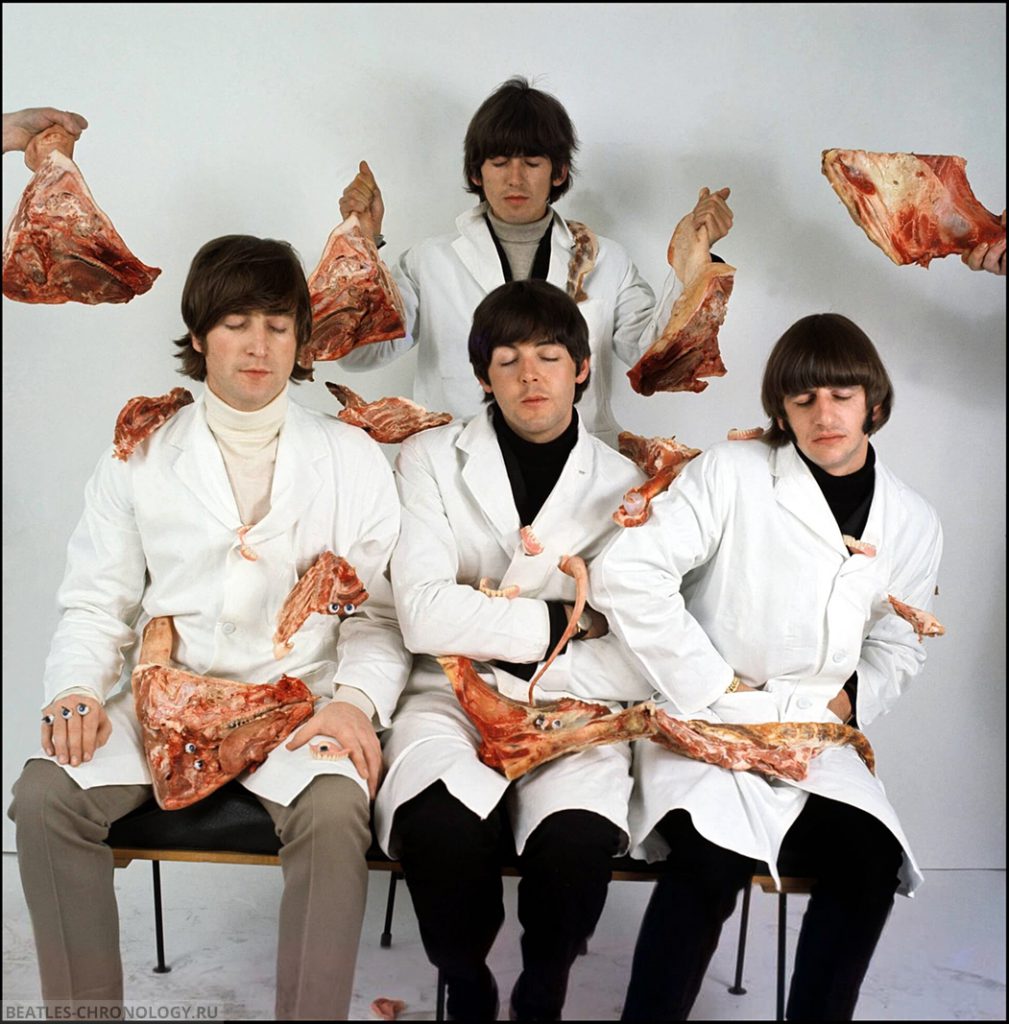
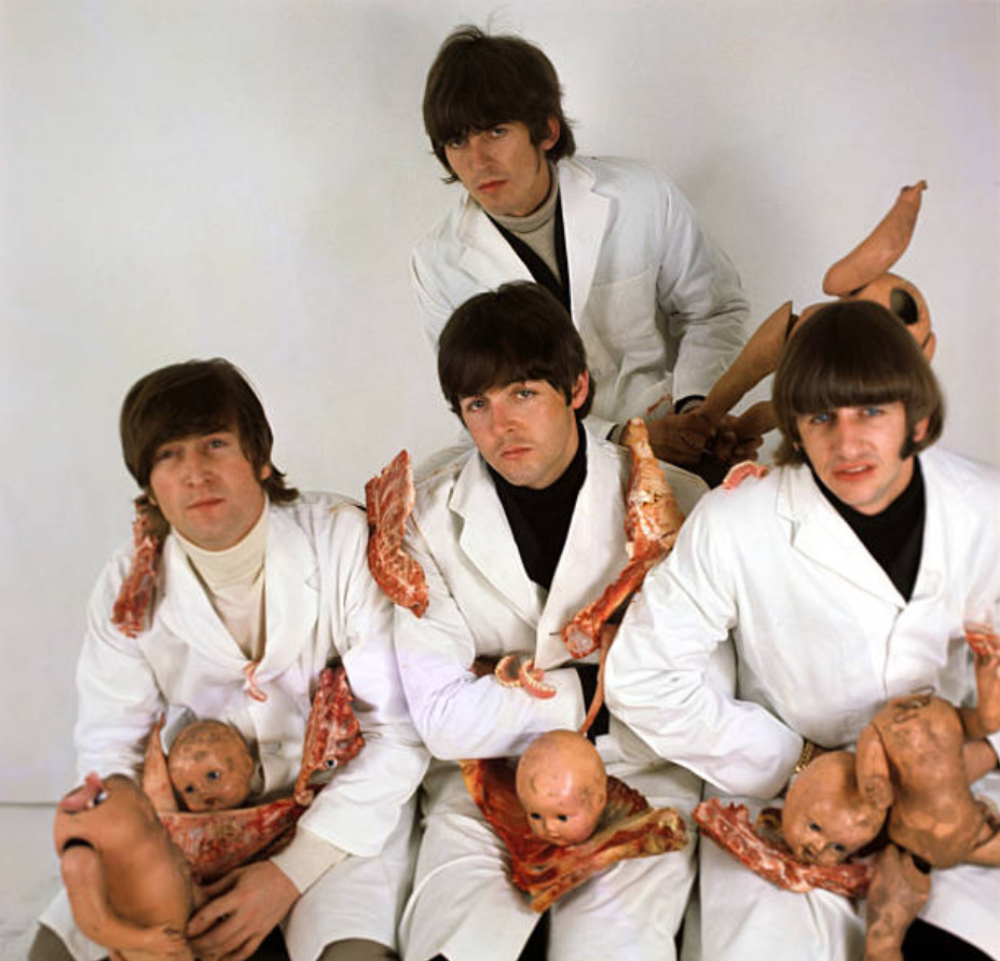
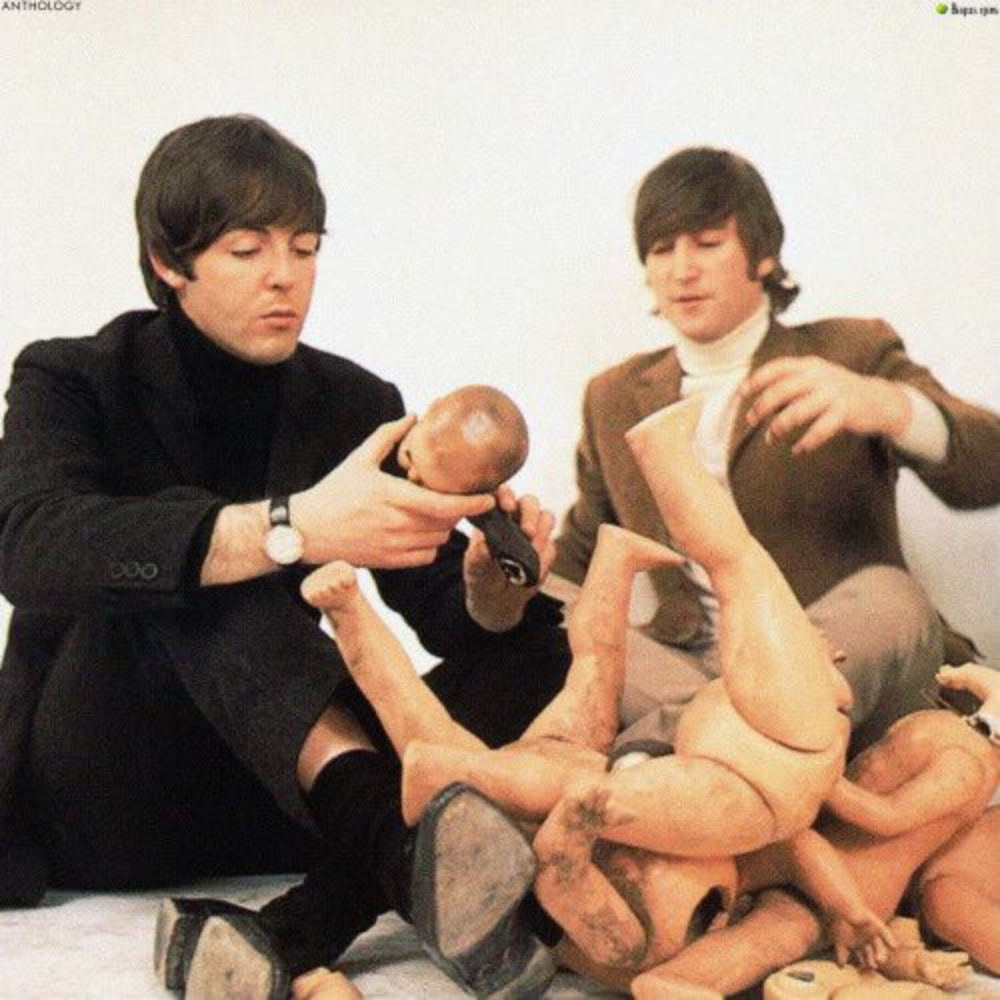
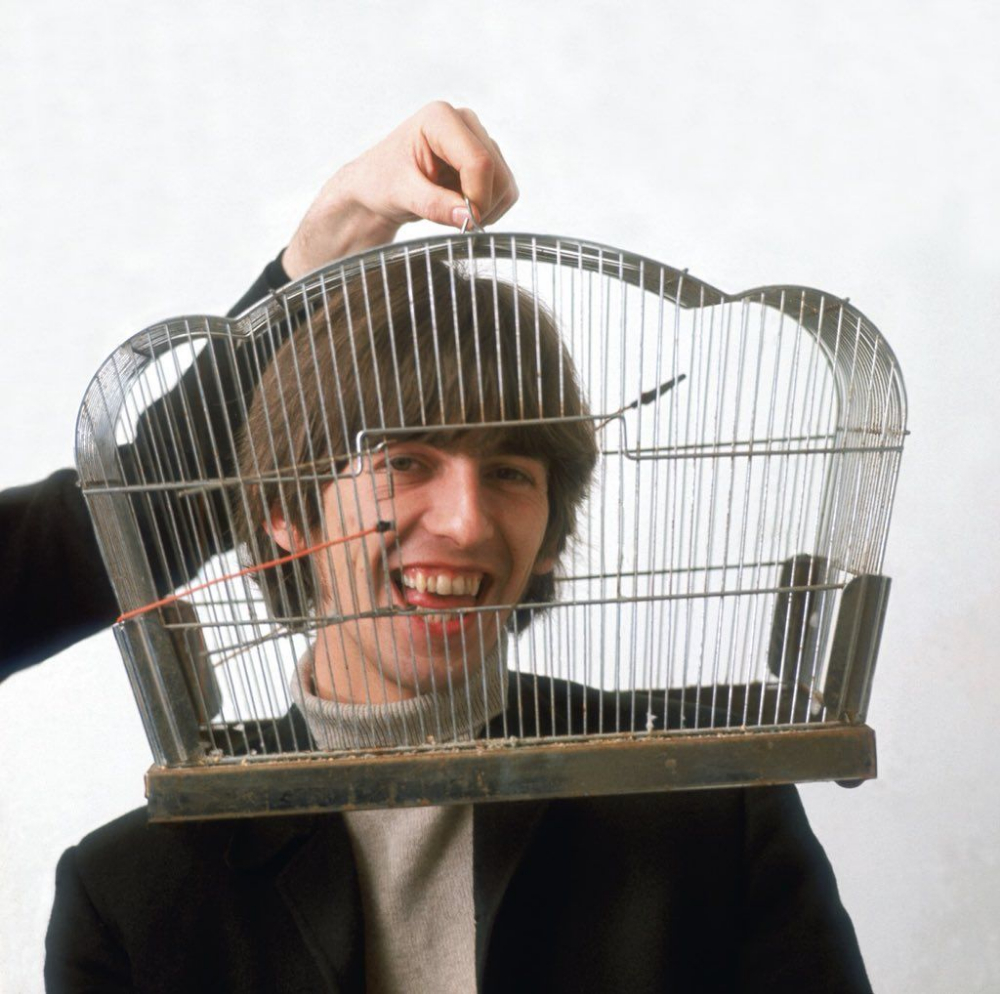
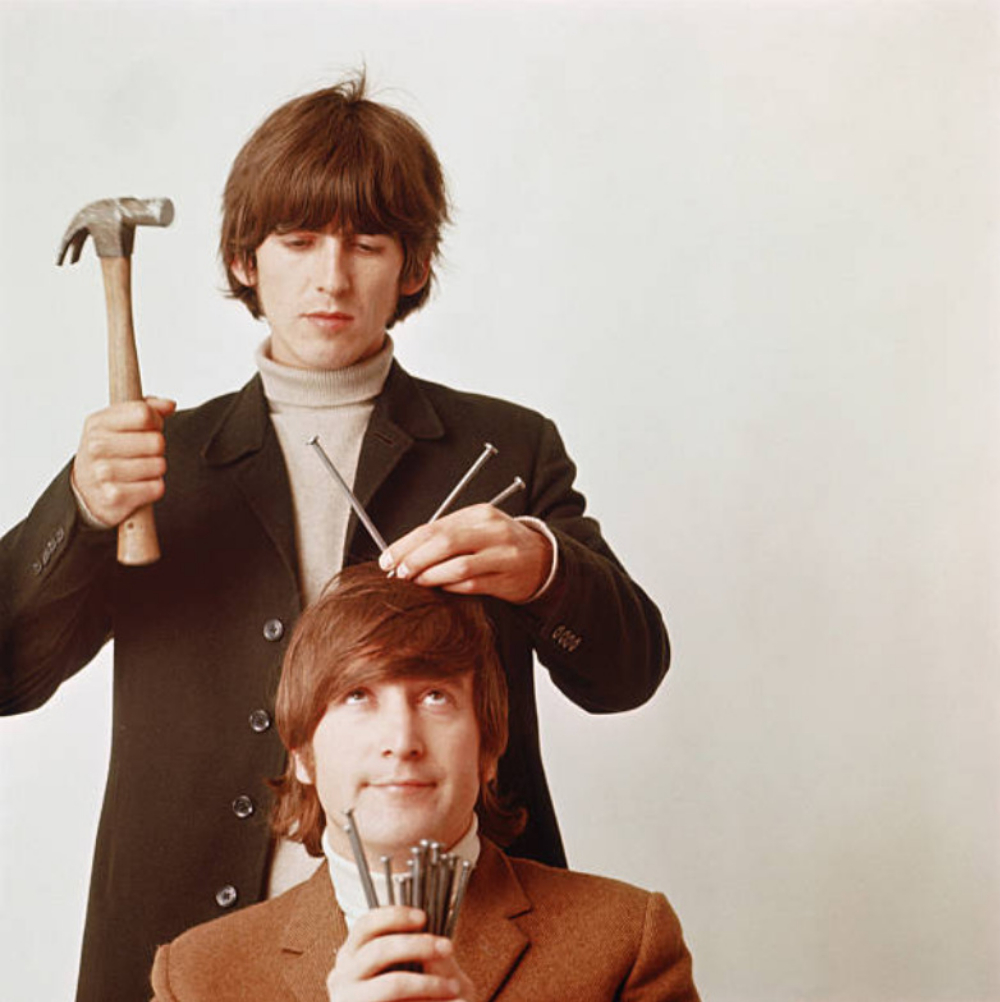

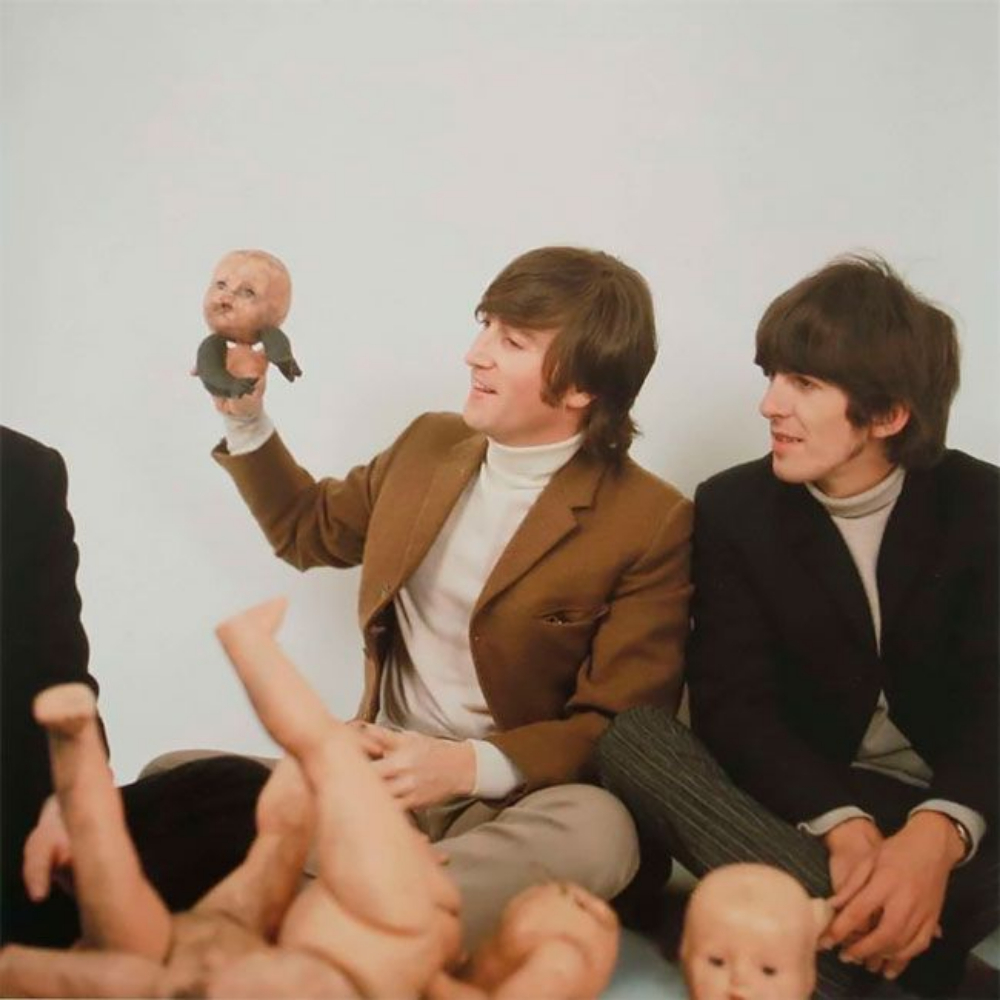
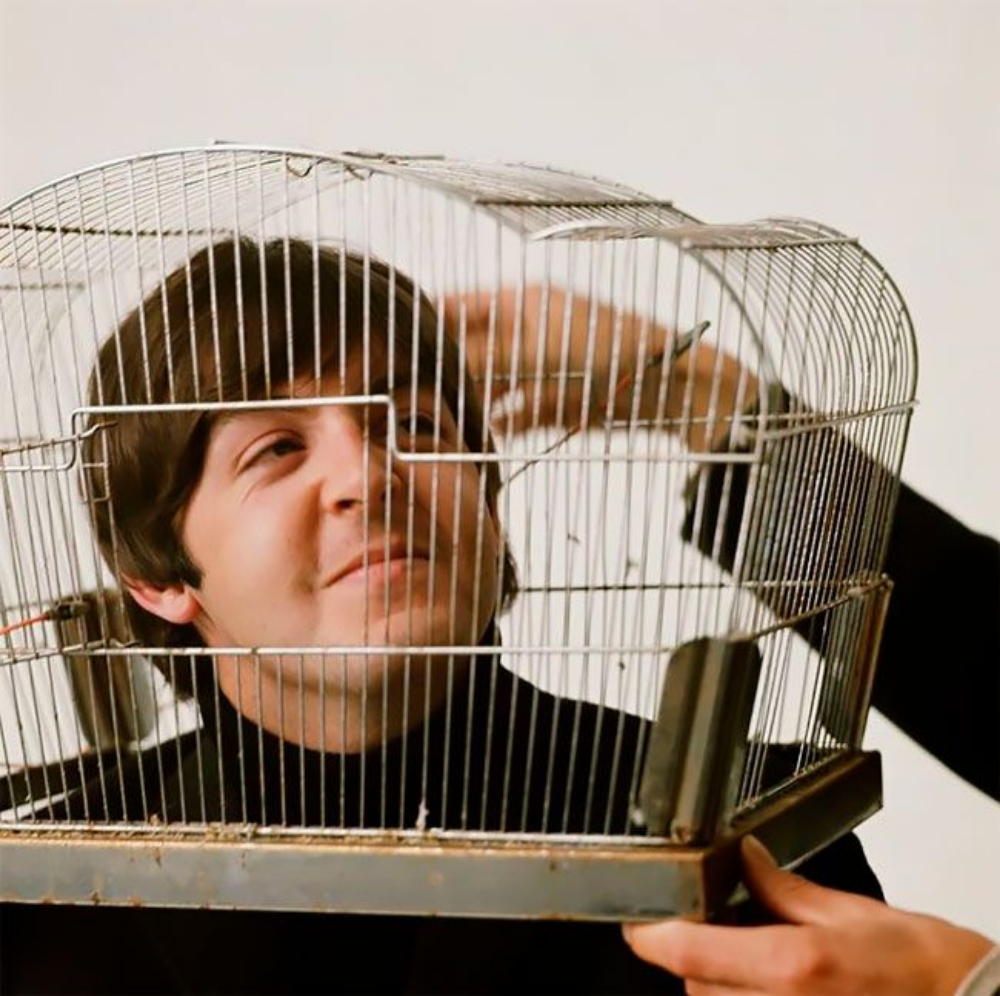
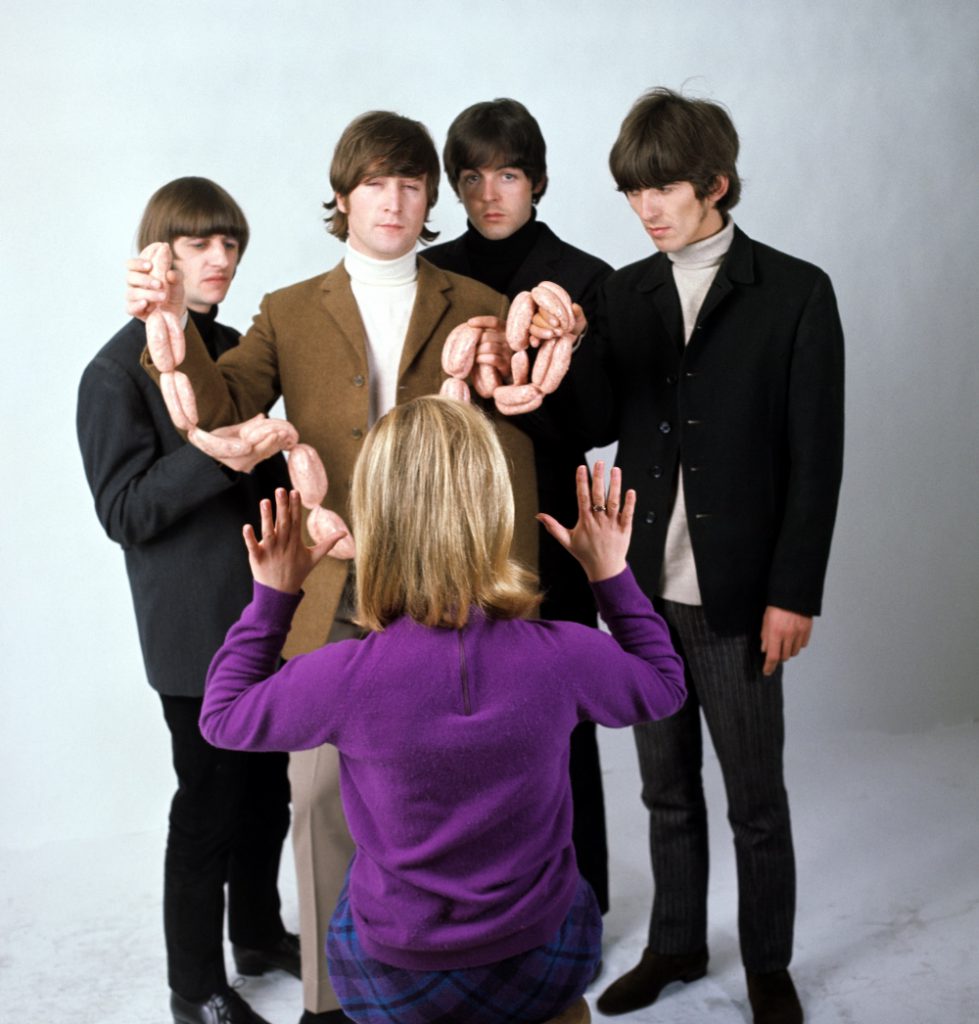


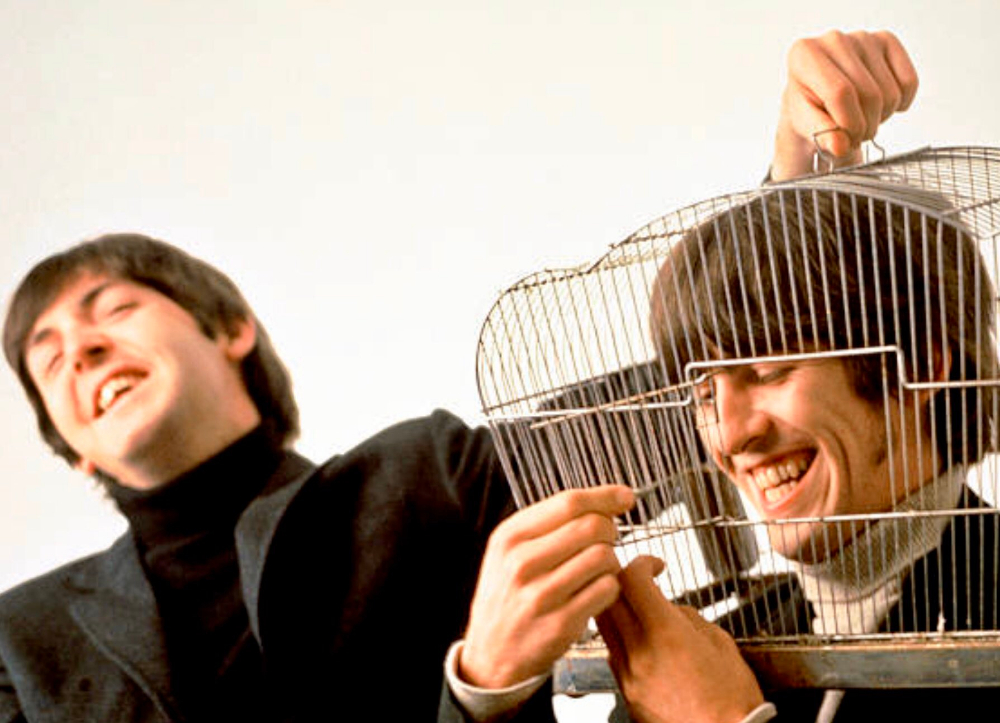
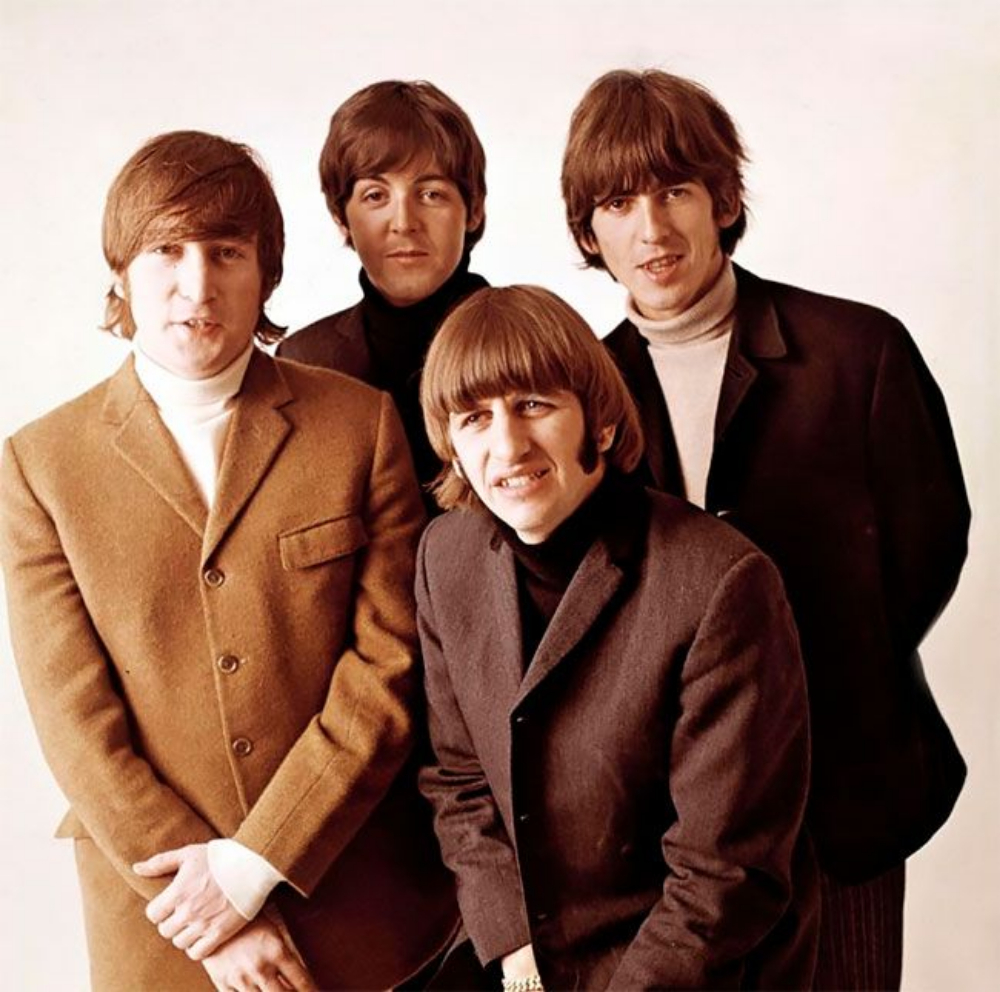
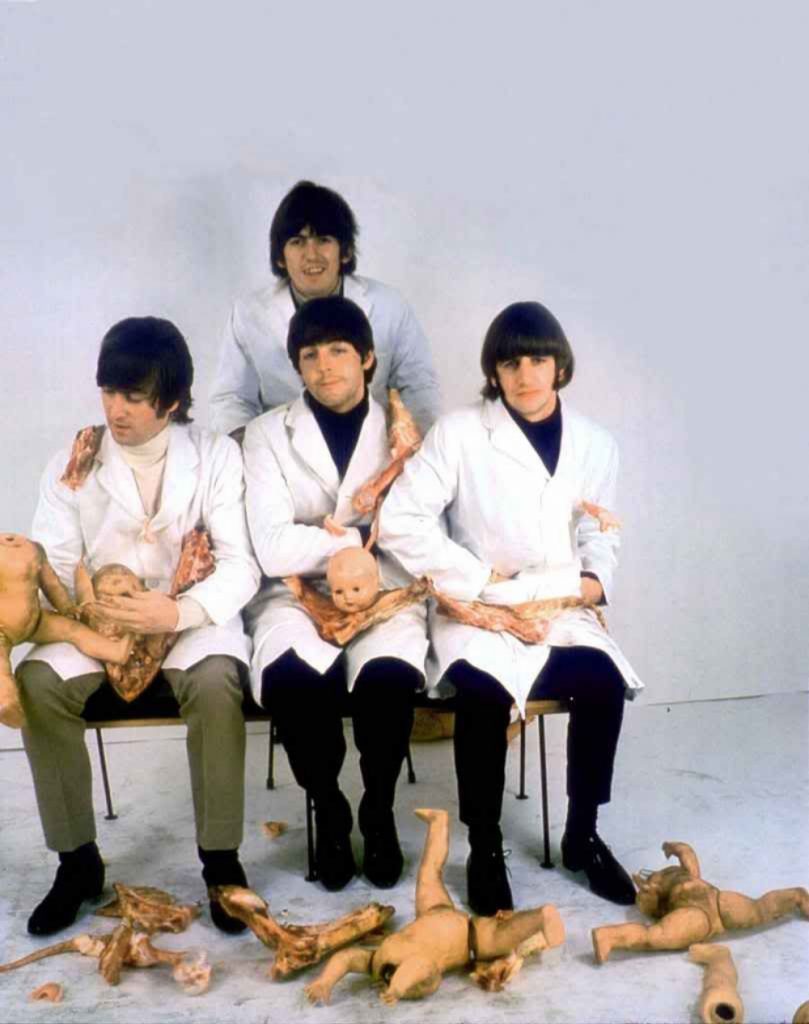

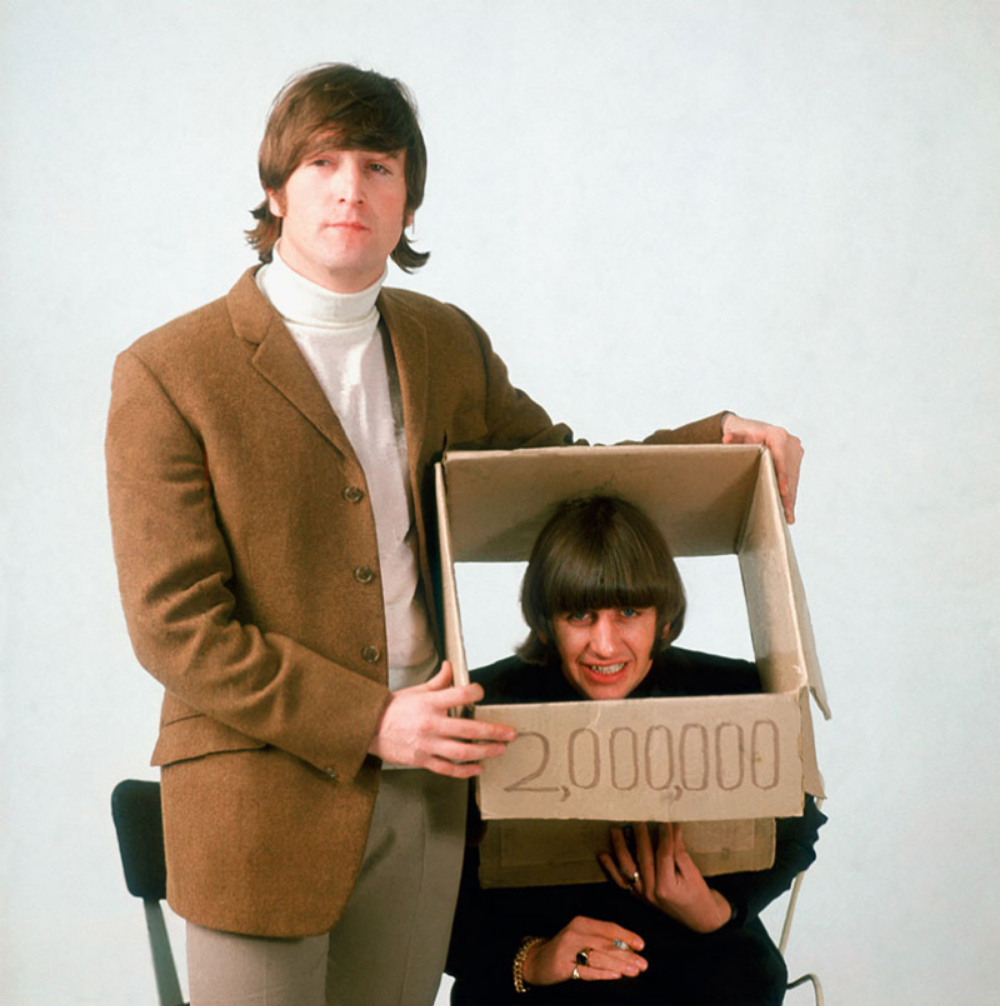
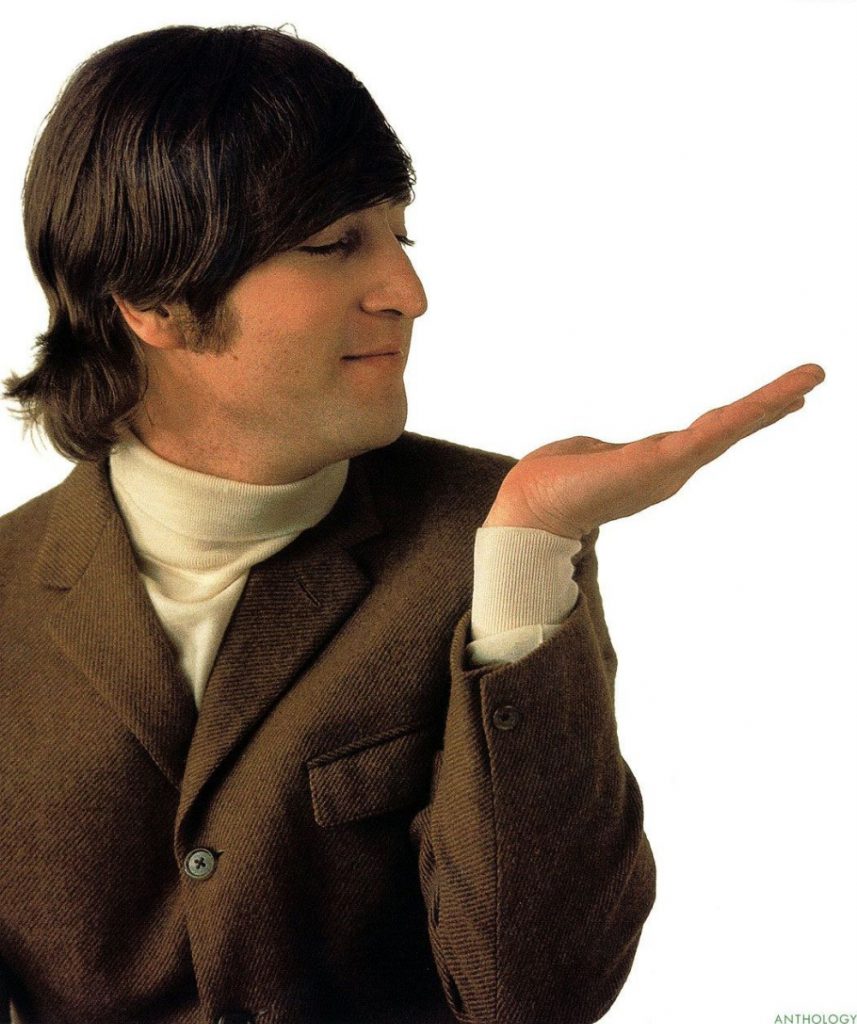
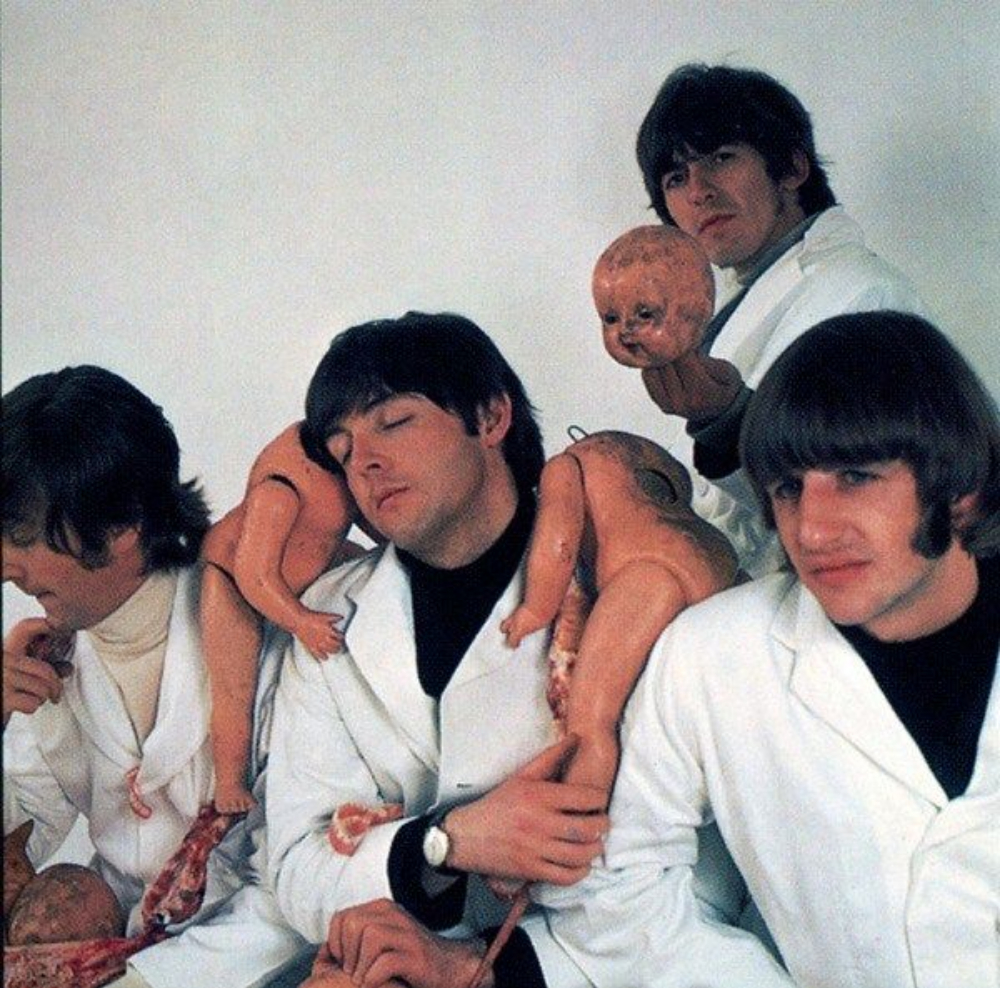
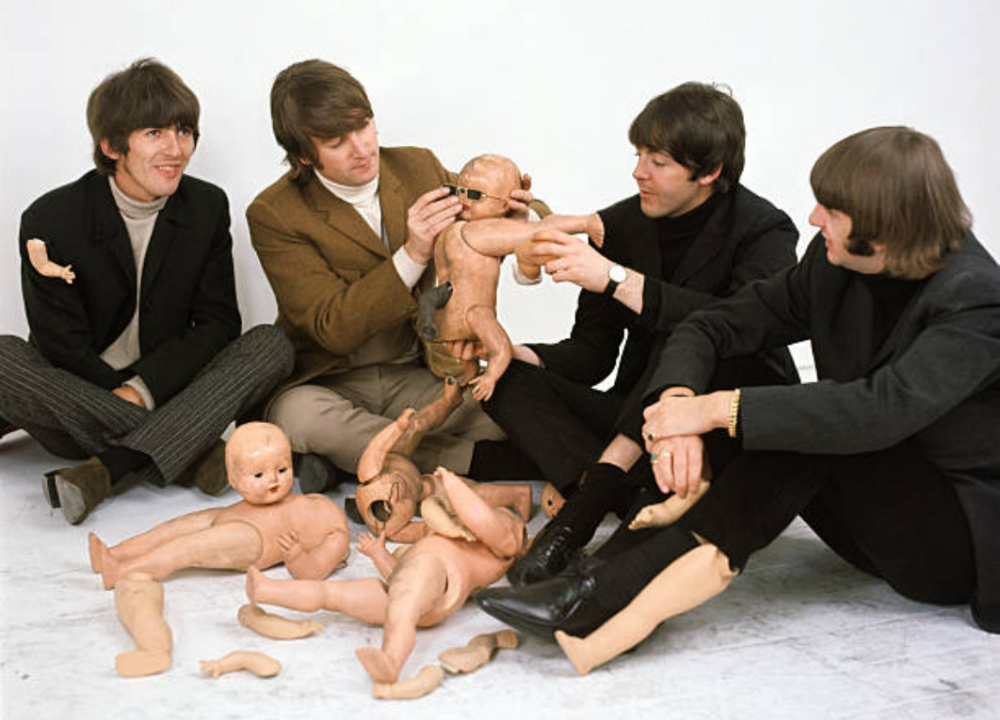
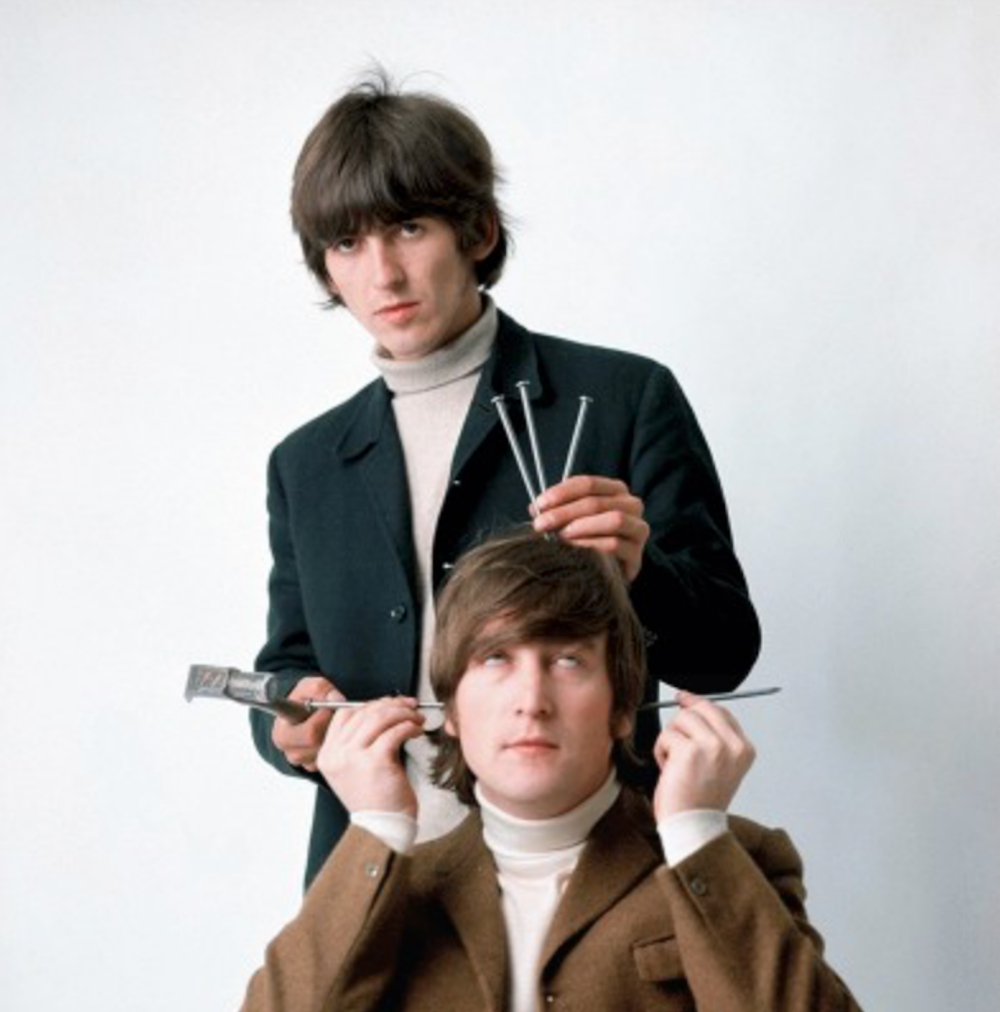
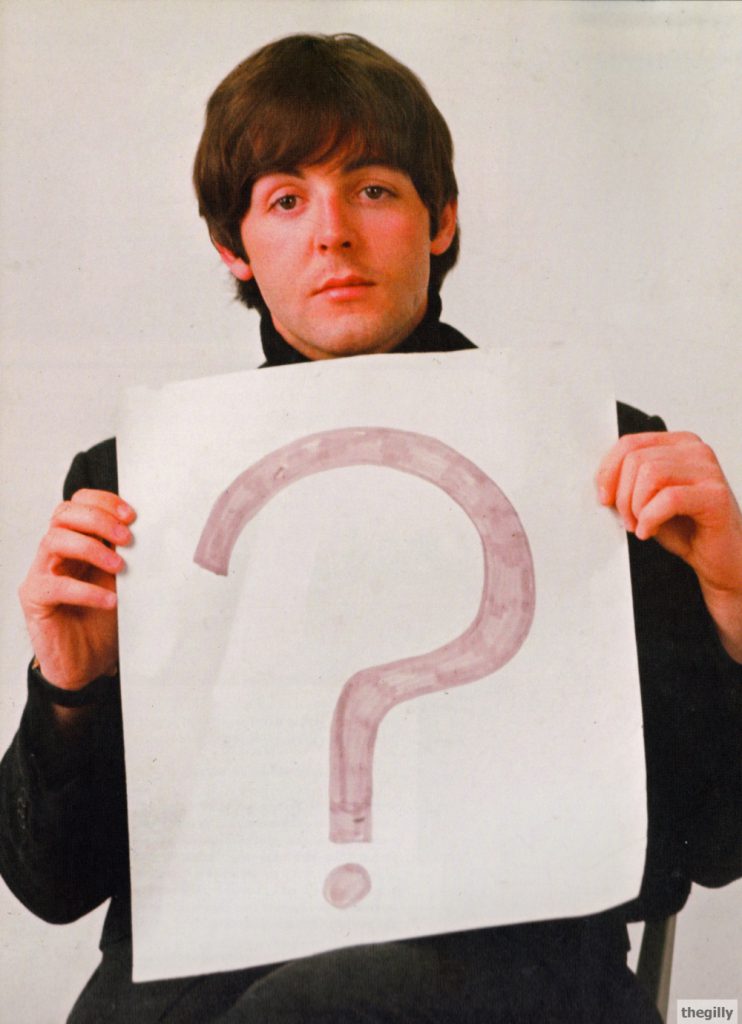
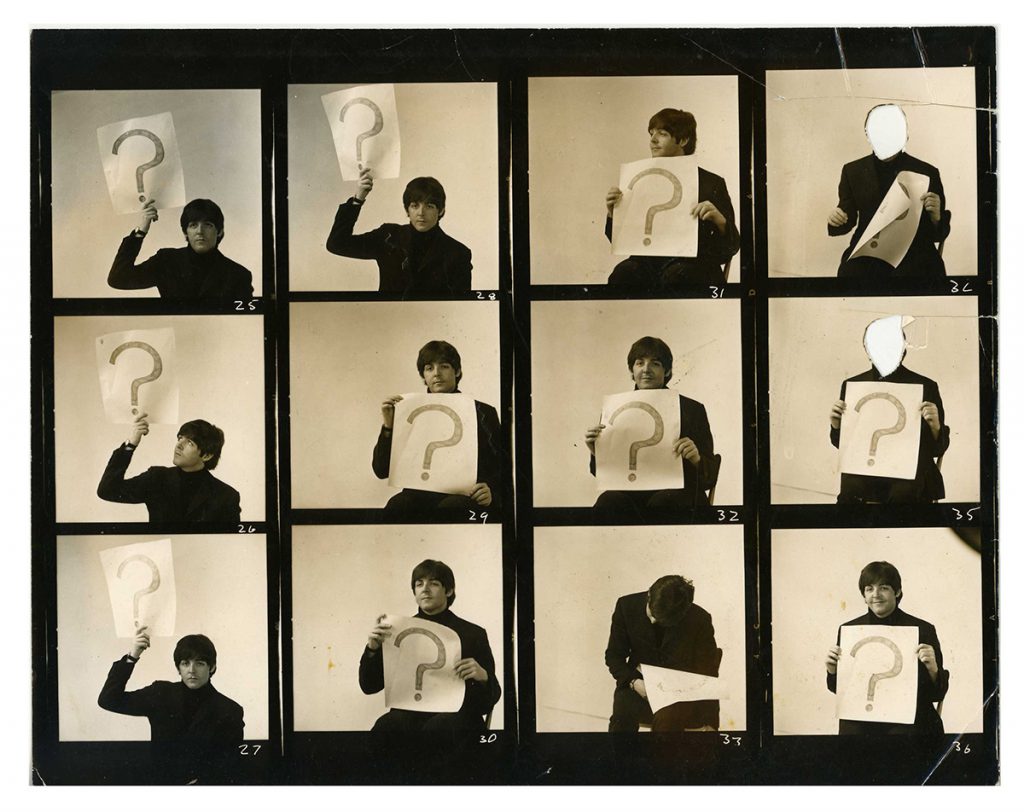
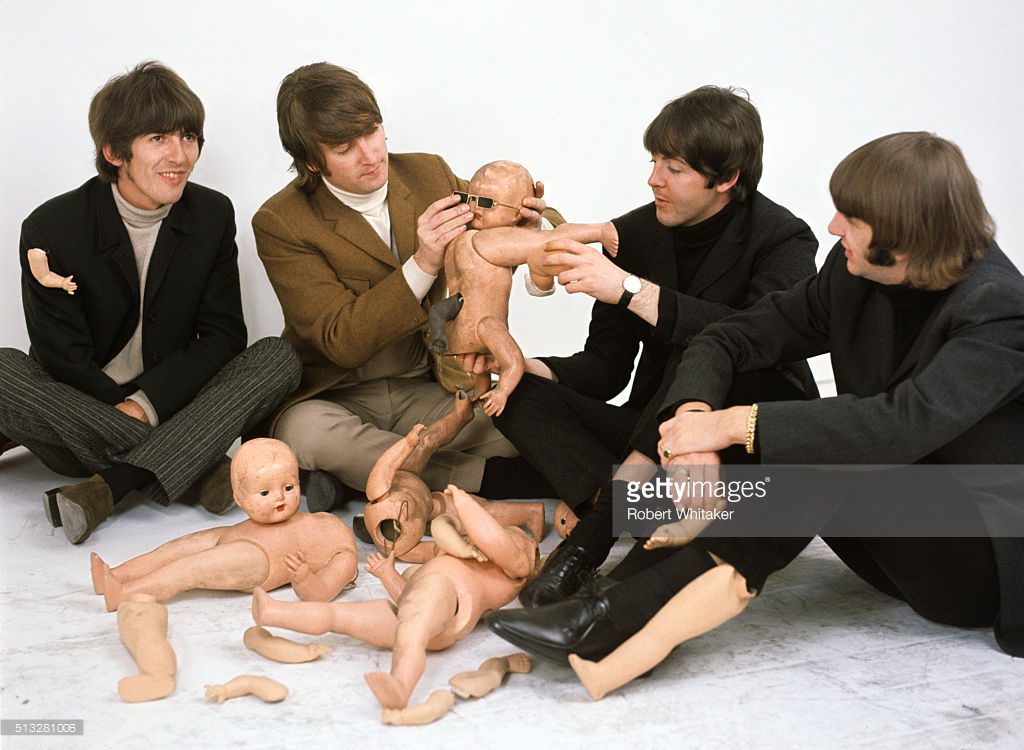
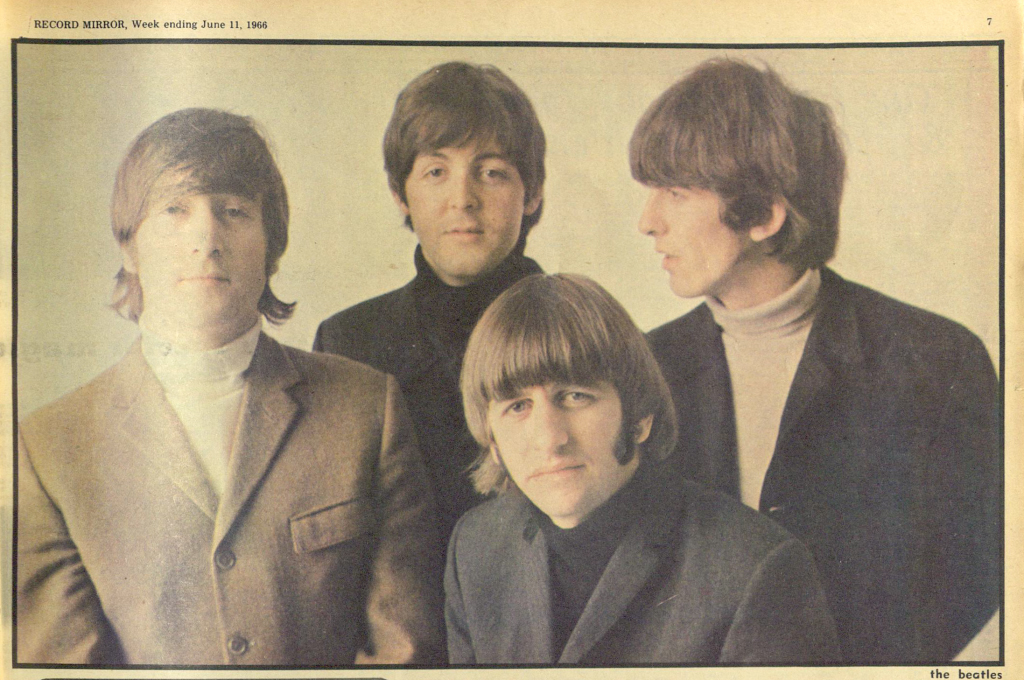
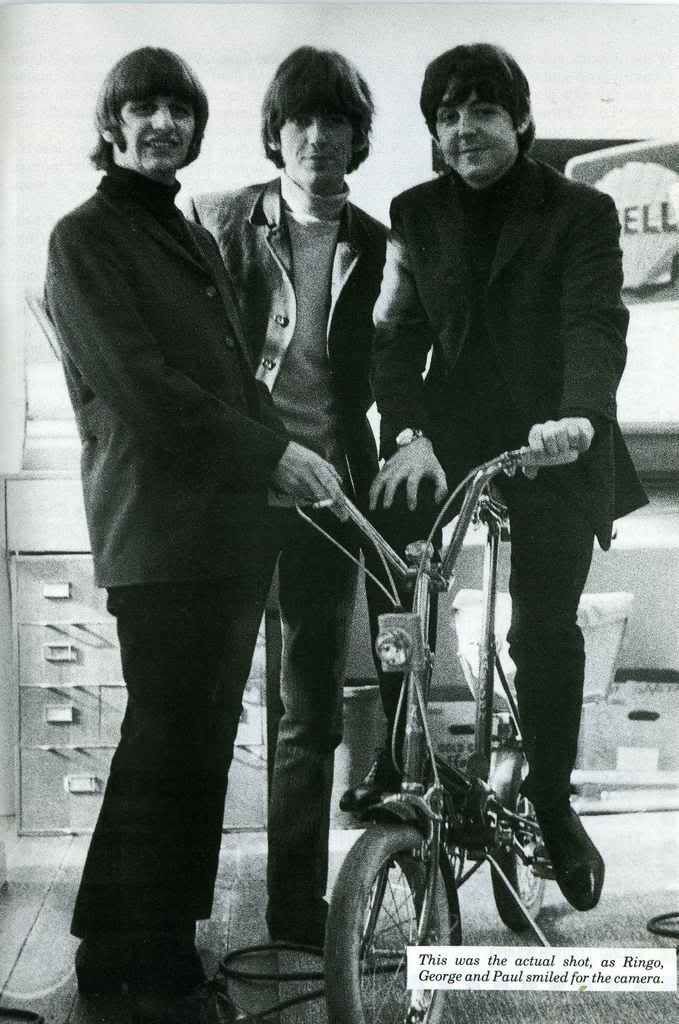
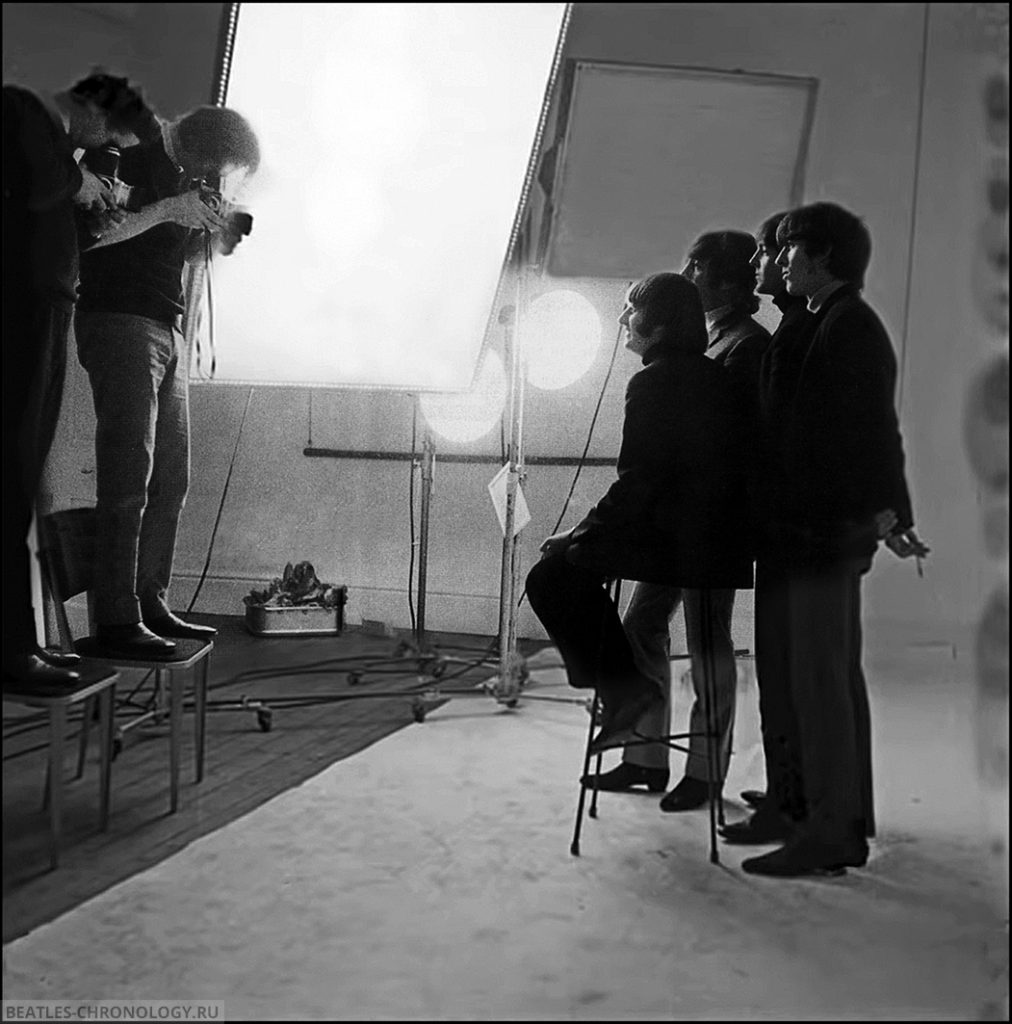
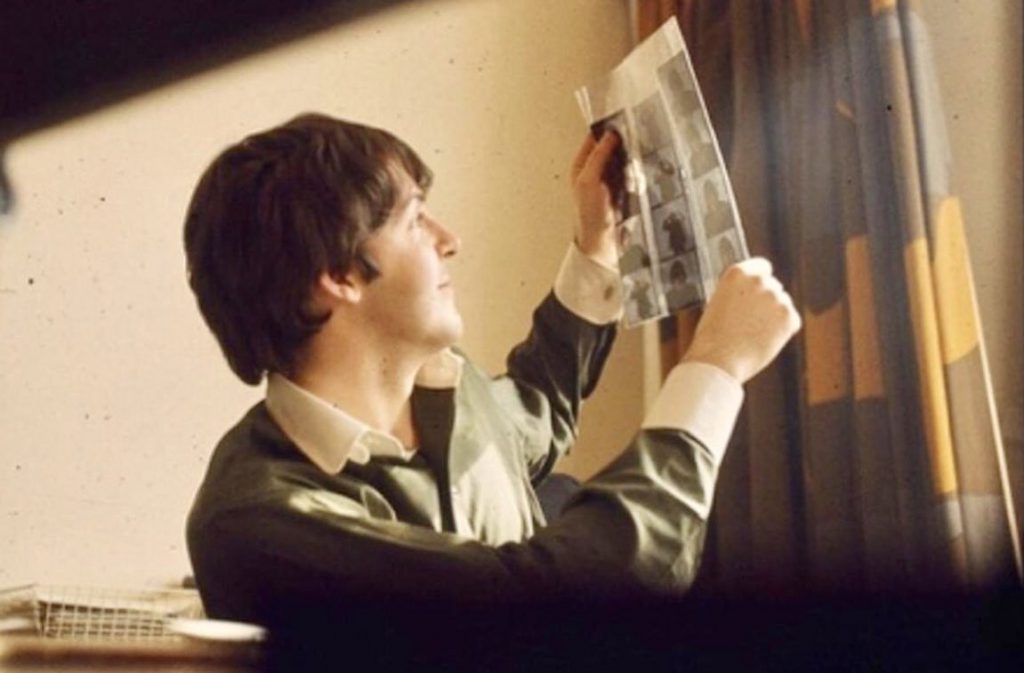
NEIL’S COLUMN
The boys have spent most of April in the recording studios, making their new single and stockpiling material for their next LP album. Before the recording sessions started, and as soon as Paul got back from his holidays in Switzerland, there was much songwriting activity going on. Obviously, this was mostly John and Paul but the others were brought into things for rehearsals and to add their ideas to some of the stuff John and Paul had been writing.
In the middle of the songwriting weeks, the boys broke off to come into town for an afternoon’s press work. These days, with John, George and Ringo living way out in the wilds of Surrey, a session with the press becomes quite an operation. Alf Bicknell and I had to work out an elaborate timetable of pick-up times so that all the boys would arrive at a photographic studio in Chelsea. Mal was sort of “off-duty” that particular week — when The Beatles aren’t actually doing a tour, a film or television at least one of us can take a free week every so often.
Tony Barrow, who looks after The Beatles and all Brian’s other artists presswise, asked me to make sure that we got the whole group to Chelsea by two o’clock. So Alf said he’d round up the Surrey trio whilst I called for Paul.
CROWDED STUDIO
By the time I arrived at the photo studio with Paul it was shortly after two and the others were already there. The place looked pretty crowded. There was an important Brazilian journalist named Senor Lengyel chatting to John and Ringo. In another corner of the room George was in deep conversation about his sitarplaying with an Indian journalist named Bramdaw. Then there was one of Radio Caroline’s top disc jockeys, Tom Lodge, busily setting up loads of recording equipment in a tiny ante-room off the main studio. Also there was a girl reporter named Nancy Bacal from the Canadian Broadcasting Corporation who was waiting for individual tape interviews with each of the boys and the photographer who was setting up floodlights and filling an impressive array of different cameras with new rolls of film. And, of course, there was Beatles Book editor Johnny Dean with his photographer.
Tony briefed the boys on what was going to happen. “I want to clear up all the quickie things first”, he told them, “That way we can get the studio as clear as possible before the photographers start taking their pictures.”
By now Senor Lengyel had got most of what he needed from the boys. He was just having a few final words with Paul. Mr. Bramdaw was just winding up his Indian music interview with George. So, to save time, Ringo went off to do his tape with the girl from C.B.C. and John posed for some new portrait photographs. One by one, each of the boys moved round until all four had done C.B.C. interviews and all four had posed for individual portrait pictures.
TOM’S TURN
Now it was Tom Lodge’s turn. Tom was there to get on tape a special interview with The Beatles for a record called “Sound of The Stars”, which is being given away free to readers of a new music paper early in May. Tom gathered all four Beatles round his microphone and started shooting crazy questions at them. As usual the boys responded with equally zany answers. Then they talked seriously for a while, recording for posterity and “Sound Of The Stars” their emphatic opinions about pop pirate ships.
By now it was after three o’clock. Shortly before three thirty Tom’s reel of tape was filled and it was time for the group to start on the main activity of the afternoon — a photo session.
By a quarter past five it was over. Photos, tapes and interviews had been completed. Another typically busy, typically useful press session for The Beatles had somehow happened on schedule!
From The Beatles Monthly Book – May 1966
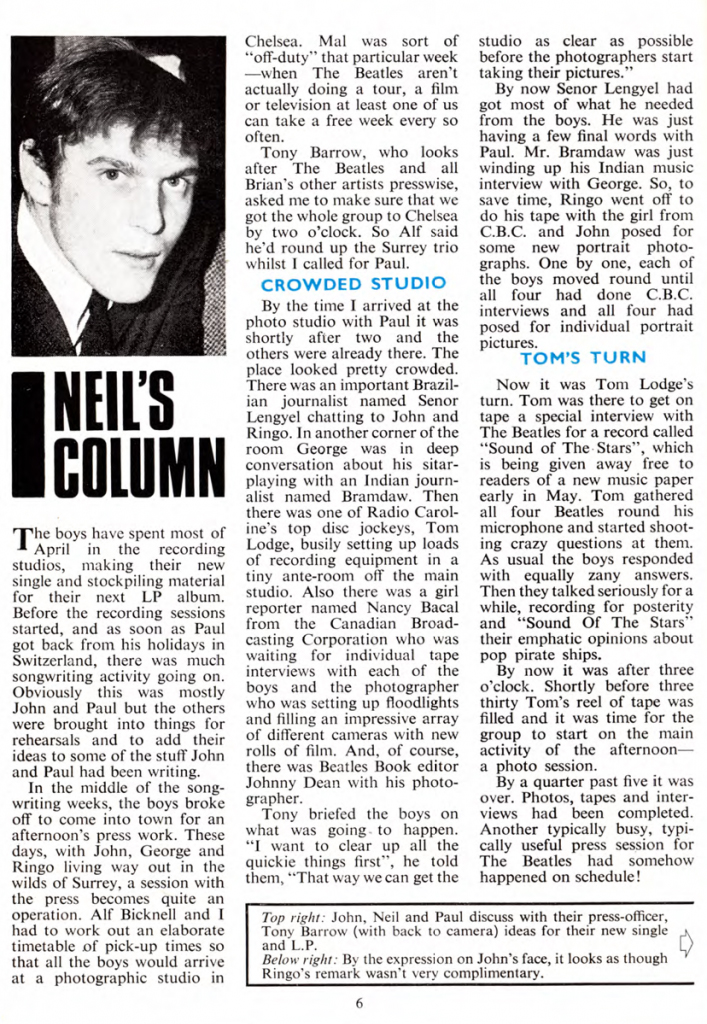
The Beatles Diary Volume 1: The Beatles Years
"With greatly expanded text, this is the most revealing and frank personal 30-year chronicle of the group ever written. Insider Barry Miles covers the Beatles story from childhood to the break-up of the group."
We owe a lot to Barry Miles for the creation of those pages, but you really have to buy this book to get all the details - a day to day chronology of what happened to the four Beatles during the Beatles years!

Notice any inaccuracies on this page? Have additional insights or ideas for new content? Or just want to share your thoughts? We value your feedback! Please use the form below to get in touch with us.